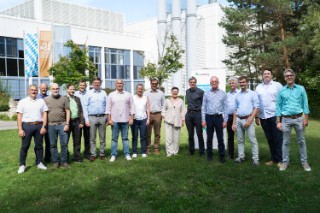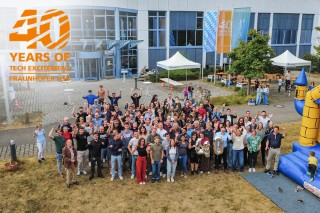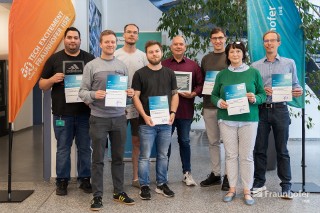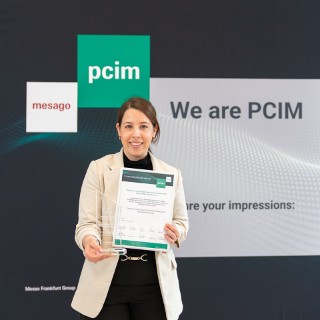Kontaktlose Energieübertragung ist keine Science Fiction mehr / 2025
Besuch des Bayerischen Wirtschaftsministers Hubert Aiwanger im E|Road-Center

Besuch des Bayerischen Wirtschaftsministers Hubert Aiwanger mit seiner Landtagsfraktion am 19.9.2025 im E|Road-Center Hallstadt.
more info Fraunhofer Institute for Integrated Systems and Device Technology IISB
Fraunhofer Institute for Integrated Systems and Device Technology IISB







